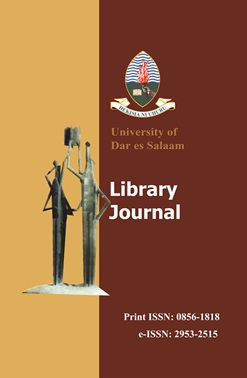The Continuance Usage Intention of Web 2.0 for Fostering Collaboration Learning in Higher Education Institutions
The Moderating Role of Self-Efficacy
Keywords:
Web 2.0, Self-Efficacy, Higher Learning Institutions, Learning Resources, TanzaniaAbstract
Web 2.0 has been widely adopted to share learning resources among learners of higher learning institutions. Despite its initial adoption, persistent utilisation has been less researched in Tanzania. Addressing this gap, the study examines the intention to continue using Web 2.0 to share learning resources in higher learning institutions in Tanzania. The study developed a theoretical framework by integrating the Expectation-Confirmation Model for Information Systems (ECM-IS) and Social Cognitive Theory (SCT). The snowball sampling technique was employed to collect 210 valid and complete responses from users of Web 2.0 in Tanzania's higher learning institutions. Structural Equation Modelling (SEM) was employed for data analysis using SmartPLS. The results indicate that community identification, satisfaction, trust, collaboration norms, self-efficacy, confirmation, knowledge sharing, and perceived usefulness have a significant impact on the intention to continue using Web 2.0. Nevertheless, contrary to IS literature, the study found that self-efficacy does not moderate the relationship between predictors and continuance usage intention. The study offers valuable implications and future directions in light of the findings.
Downloads
Published
Issue
Section
License
Copyright (c) 2025 Herman Mandari, Daniel Koloseni

This work is licensed under a Creative Commons Attribution-NonCommercial-NoDerivatives 4.0 International License.


